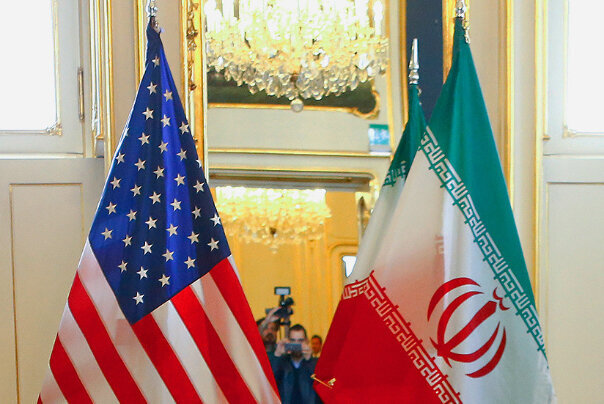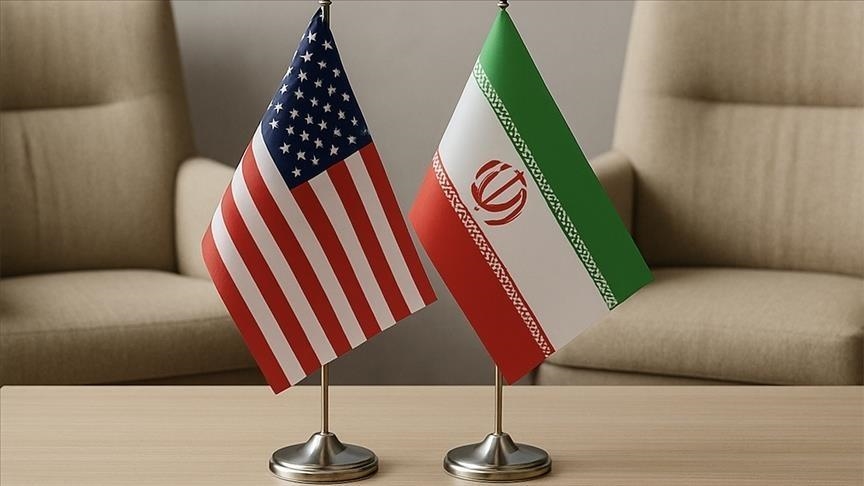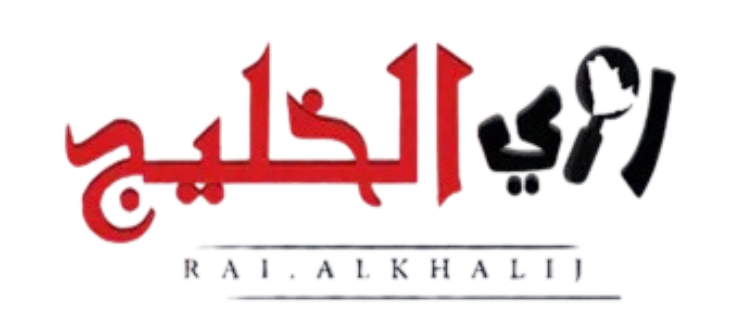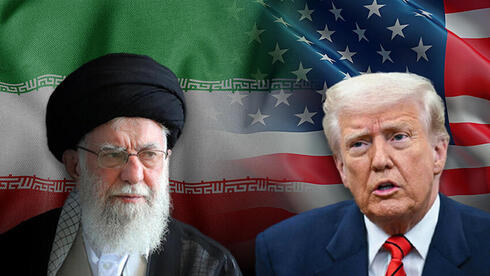The trajectory of Middle Eastern geopolitics has been irrevocably shaped by the final round of Iran and US negotiations, a multi-year diplomatic undertaking that sought to salvage the Joint Comprehensive Plan of Action (JCPOA) following the United States’ unilateral withdrawal in May 2018.
This complex diplomatic process, unfolding primarily in Vienna with European, Russian, and Chinese mediation, represented the last serious effort to reconcile Iran’s legitimate right to peaceful nuclear technology under the Nuclear Non-Proliferation Treaty (NPT) with Western nonproliferation concerns.
The Final Round of Iran and US Negotiations: An Exhaustive Chronicle of Diplomatic Endeavors, Omani Intervention, and the Precarious Path Forward
The significance of the final round of Iran and US negotiations extends beyond mere technical discussions; it encapsulates the struggle between multilateral diplomatic engagement and unilateral coercive measures in addressing one of the world’s most volatile regional security dilemmas.
The fifth round of talks concluded in June 2021 amidst cautious optimism, yet the subsequent developments revealed profound structural obstacles that would come to define the final round of Iran and US negotiations as both a testament to diplomatic ingenuity and a cautionary tale of geopolitical intransigence.you can red more about these here.
The Fifth Round: Achievements and Immediate Consequences
The conclusion of the fifth round in June 2021 marked a paradoxical juncture in the final round of Iran and US negotiations. Technical working groups had reportedly drafted approximately 80% of the agreement text, with notable progress on several fronts:
Consensus had tentatively emerged regarding the sequencing of sanctions relief alongside Iran’s reversal of certain nuclear advancements, particularly concerning the deployment of advanced centrifuges.
Preliminary agreements had been reached on modified International Atomic Energy Agency (IAEA) monitoring modalities for Fordow and Natanz facilities, addressing concerns about verification mechanisms.
Working groups had been established to tackle the politically sensitive issues of ballistic missile restrictions, which the United States insisted must be included,
and binding guarantees against future American withdrawal from any agreement, which Iran demanded as a non-negotiable precondition for further engagement.

Despite these technical advances, the final round of Iran and US negotiations immediately encountered severe turbulence generated by three converging geopolitical storms.
The June 2021 election of Ebrahim Raisi to the Iranian presidency fundamentally altered Tehran’s negotiating posture, with the new administration demanding legally binding assurances that future U.S.
administrations would not replicate the Trump administration’s unilateral abrogation of the original JCPOA. Concurrently, bipartisan resistance within the U.S.
Congress threatened to sabotage any potential agreement, compelling the Biden administration to seek concessions that Iranian negotiators considered politically untenable.
Furthermore, escalating attacks by Iran-aligned groups on U.S. bases in Iraq and Syria poisoned the negotiation atmosphere, with Washington demanding that Tehran rein in its regional allies as a precondition for substantive progress.
This trifecta of challenges transformed the final round of Iran and US negotiations from a technical exercise into a geopolitical minefield requiring navigation of unprecedented complexity.
The Omani Intercession: Covert Diplomacy and the Genesis of the Muscat Document
As the Vienna talks stalled in July 2021, the Sultanate of Oman activated clandestine backchannels that would become the central nervous system sustaining the final round of Iran and US negotiations.
Sultan Haitham bin Tariq personally authorized the use of Al Bustan Palace’s secured diplomatic compound for mediation, leveraging Oman’s unique position as a neutral actor with established credibility from facilitating the 2013–2015 negotiations.
Oman’s mediation strategy rested upon three pillars: historical trust relationships with Iranian Supreme National Security Council officials and CIA Middle East directors; geographic insulation from regional adversaries; and a diplomatic tradition of quiet pragmatism.
The resulting compromise framework, unofficially christened the “Muscat Document” by diplomatic circles, emerged after fourteen months of intensive shuttle diplomacy between August 2021 and October 2022. Omani envoys achieved breakthroughs on the most intractable issues:
A sophisticated three-tiered sanctions verification mechanism was proposed, involving immediate delisting of 700 entities upon signing, a ninety-day review for so-called “terrorism”-related sanctions, and Swiss-managed financial auditing for $120 billion in frozen Iranian assets.
On nuclear rollback, Iran would commit to diluting ninety-five percent of its sixty-percent-enriched uranium within thirty days, disconnecting IR-6 centrifuges within sixty days, and restoring full IAEA camera surveillance within 120 days.
Crucially, the document contained a “snapback shield” clause permitting Iran to resume enrichment activities should the U.S. Congress reimpose sanctions.
This sixty-three-page draft represented the closest approximation to a breakthrough in the final round of Iran and US negotiations, with its unofficial nomenclature serving as recognition of Oman’s indispensable role as the only mediator both powers genuinely trusted.
External Shocks and the Derailment of Progress

By late 2022, the carefully constructed Muscat framework faced four catastrophic disruptions that would ultimately paralyze the final round of Iran and US negotiations.
The eruption of the Mahsa Amini protests in September 2022 triggered new U.S. and EU human rights sanctions unrelated to the nuclear file, prompting Iranian retaliation through enrichment to eighty-four percent purity and expulsion of IAEA inspectors.
Nuclear leverage became Tehran’s primary counter-sanctions weapon, destroying compromises painstakingly negotiated during the final round of Iran and US negotiations.
Simultaneously, secondary sanctions imposed on Russian banks following the Ukraine invasion paralyzed Iran’s alternative trade channels, while paradoxically driving deeper military cooperation between Moscow and Tehran that reduced the latter’s urgency for sanctions relief.
The shadow war between Israel and Iran reached unprecedented intensity during this period, with the assassination of Iranian nuclear scientists including Mohsen Fakhrizadeh, Iranian drone strikes on Israeli-linked tankers, and sabotage attacks on nuclear facilities at Natanz and Karaj.
These covert operations systematically poisoned the well for the final round of Iran and US negotiations, with each side accusing the other of negotiating in bad faith.
The catastrophic eruption of the Gaza conflict in October 2023 proved the final blow, refocusing U.S. attention on regional containment and triggering direct Iran-Israel missile exchanges in April 2024 that buried prospects for near-term diplomatic revival.
Each crisis reinforced mutual distrust and validated hardliner narratives in both capitals, rendering the final round of Iran and US negotiations increasingly detached from the deteriorating regional reality.
A Diplomatic Coma
As of mid-2024, the final round of Iran and US negotiations exists in a state of suspended animation, with technical achievements overshadowed by insurmountable political obstacles.
Iran’s nuclear program has achieved alarming milestones:
sufficient sixty-percent-enriched uranium for three nuclear devices with breakout timelines estimated at seven to twelve days; operational deployment of thirty-five advanced IR-6 centrifuge cascades explicitly prohibited under JCPOA; and reduction of IAEA access to forty percent of pre-2021 levels.
Sanctions enforcement continues to exact economic tolls, limiting Iran’s oil exports to approximately 1.6 million barrels daily through Malaysian ship-to-ship transfers, while $80 billion in foreign assets remain frozen in Iraq, China, and South Korea.
Diplomatic channels are reduced to skeletal maintenance: Oman’s backchannel remains intermittently active for crisis management; EU coordinator Enrique Mora maintains technical contacts; yet no formal talks are contemplated before the November 2024 U.S. elections.
The regional security landscape has fundamentally transformed since the inception of the final round of Iran and US negotiations, with the Gaza war reconfiguring alliances and security priorities.
Iran’s strategic alignment with Russia and China has deepened through energy agreements and military cooperation, while the United States has reinforced security partnerships with Arab Gulf states, creating new regional blocs that complicate the original negotiation framework.
Potential Pathways Through the Diplomatic Labyrinth

The resurrection of the final round of Iran and US negotiations remains theoretically possible through several potential pathways, though each presents formidable challenges.
A post-U.S.-election scenario in 2025 offers divergent possibilities: a reelected Biden administration might pursue a limited interim agreement involving prisoner exchanges and partial sanctions relief in exchange for enrichment caps; a Trump restoration would likely implement “maximum pressure 2.0” with heightened military tensions.
Alternatively, a regional de-escalation strategy might prioritize Gaza ceasefire implementation and Houthi guarantees on Red Sea shipping to rebuild trust foundations, potentially accompanied by symbolic confidence-building measures like prisoner swaps.
The most comprehensive approach would involve constructing a “JCPOA-2” framework expanding the original agreement to cover ballistic missiles and regional activities, though this would require Saudi-Iranian normalization as a prerequisite.
Oman maintains readiness to reactivate mediation channels, preserving institutional knowledge from the Muscat process. European powers explore “nuclear freeze for sanctions suspension” models as interim measures.
However, all pathways must address the irreversible nuclear knowledge Iran has gained during the final round of Iran and US negotiations, fundamentally altering nonproliferation calculus.
The window for restoring the original JCPOA parameters has likely closed, necessitating creative approaches to verification and sanctions relief should negotiations resume.
The Enduring Legacy of Omani Diplomacy
Though never implemented, the Muscat Document established several enduring diplomatic innovations that could inform future iterations of the final round of Iran and US negotiations.
Its verification architecture proposed blockchain-monitored sanctions relief through Geneva-based neutral auditors, representing a technological leap beyond traditional verification methods.
The asymmetric compliance mechanism acknowledged political realities in both capitals through phased obligations calibrated to mutual distrust.
Perhaps most significantly, the document established the precedent of neutral arbitration panels staffed by Omani and Qatari experts with binding decision-making authority.
These elements collectively formed the most sophisticated diplomatic framework yet devised for managing the U.S.-Iran nuclear standoff.
The symbolic naming of the document after Oman’s capital constituted recognition that small states can play transformative roles in great-power conflicts through principled neutrality and discreet diplomacy.
The Sultanate demonstrated how patient, low-profile mediation can achieve compromises impossible in formal settings, providing a blueprint for conflict resolution far beyond the Persian Gulf.
The continued reverence for the Muscat framework among nonproliferation experts testifies to its conceptual robustness, even as geopolitical realities rendered it temporarily unimplementable.
Should the final round of Iran and US negotiations ever revive, Oman’s institutional knowledge and established channels remain indispensable assets.
The Long Shadow of Unfinished Diplomacy

What began as technical talks to restore the JCPOA evolved into a geopolitical epic revealing fundamental truths about international conflict resolution.
The collapse of the final round of Iran and US negotiations demonstrates that no nuclear agreement can survive without addressing the underlying U.S.-Iranian hostility that fuels regional proxy conflicts.
The Muscat Document proved creative solutions exist when mediators bridge the trust deficit through innovative verification and implementation sequencing. Oman’s discreet diplomacy remains the indispensable lubricant for any future diplomatic engine.
The consequences of failure extend beyond proliferation risks. Iran’s strategic “Look East” pivot accelerates, with twenty-five-year agreements with China and arms deals with Russia rewriting regional alignments.
Gulf Arab states pursue independent security arrangements including potential nuclear hedging. Global nonproliferation norms erode as other states observe that diplomatic agreements offer insufficient protection against unilateral withdrawal.
The humanitarian costs of sanctions persist, with medicine shortages and inflation devastating ordinary Iranians.
Yet the Muscat framework endures as diplomatic DNA for future efforts. Its principles of reciprocal but asynchronous implementation, technological verification, and third-party arbitration remain the only viable foundation should leaders find the political will to reengage.
For now, the final round of Iran and US negotiations stands adjourned indefinitely, its potential unrealized, its mediators waiting in the wings of history.
The final chapter remains unwritten, but the diplomatic foundations painstakingly laid in Vienna and Muscat ensure that when circumstances permit, the architecture for peace still exists – awaiting only the political courage to build upon it.
you can red more about the final round of Iran and US negotiations here.

